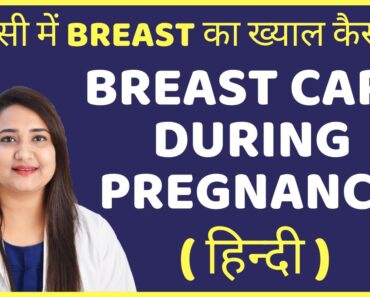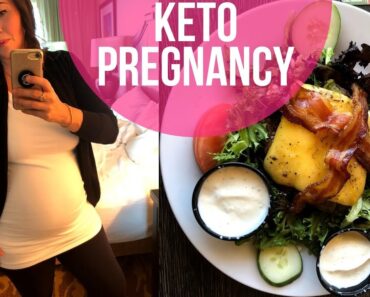Eight years ago, and eight months pregnant with her second child, Rarash Dagnaw gave birth alone on the floor of her tiny home in the Amhara region of Northern Ethiopia. Technically, her husband was there, but, wildly drunk and fully passed out, he wasn’t exactly a supportive birth partner. What’s more, he’d almost certainly induced her premature labour by striking her when he opened the door in a fit of drunken anger a few hours before. As the 20-year-old screamed in pain throughout the labour and delivery, he barely roused.
Eleven days later, her baby died. Neither the mother nor the premature child was seen by a doctor or healthcare provider. That’s just the way it was. Dagnaw didn’t have any prenatal care either—not a blood test, not an ultrasound, not an examination, not a single appointment. And “self-care” wasn’t even remotely on her mind; she was frequently hungry throughout her pregnancy because food was limited and, in her society, the husband gets first dibs, no matter what. No one questions it.
In 2012, the same year Dagnaw lost her child, the World Health Organization declared preterm birth an urgent health priority worldwide. That’s because complications from prematurity are the number one cause of death in kids under age five. While prematurity is a concern globally, 80 percent of preterm births worldwide occur in sub-Saharan Africa and Asia. In some ways, that’s actually a good news story: As the rates of death from things like malaria, diarrhea and measles have gone down, preterm birth has quietly risen to the top of the list. But experts say many of these babies could be saved with simple measures like breastfeeding support, skin-to-skin contact and antibiotics for infections—things women in Dagnaw’s situation didn’t have easy access to.
Thankfully, efforts are being made to implement these measures and many others in developing countries in order to reduce the rate of preterm birth. One program leading the efforts, called Born on Time, is a partnership between the Government of Canada, Johnson & Johnson, and three non-governmental organizations (NGOs): Plan International, Save the Children and World Vision, with whom I travelled to Ethiopia in February. Over four days, I visited homes, health facilities and a school in the Amhara region to learn about the efforts being made to reduce the rate of preterm birth and, when babies are born early, to increase the chances of their survival. Here’s what I learned.
Not all women are able to easily access prenatal care
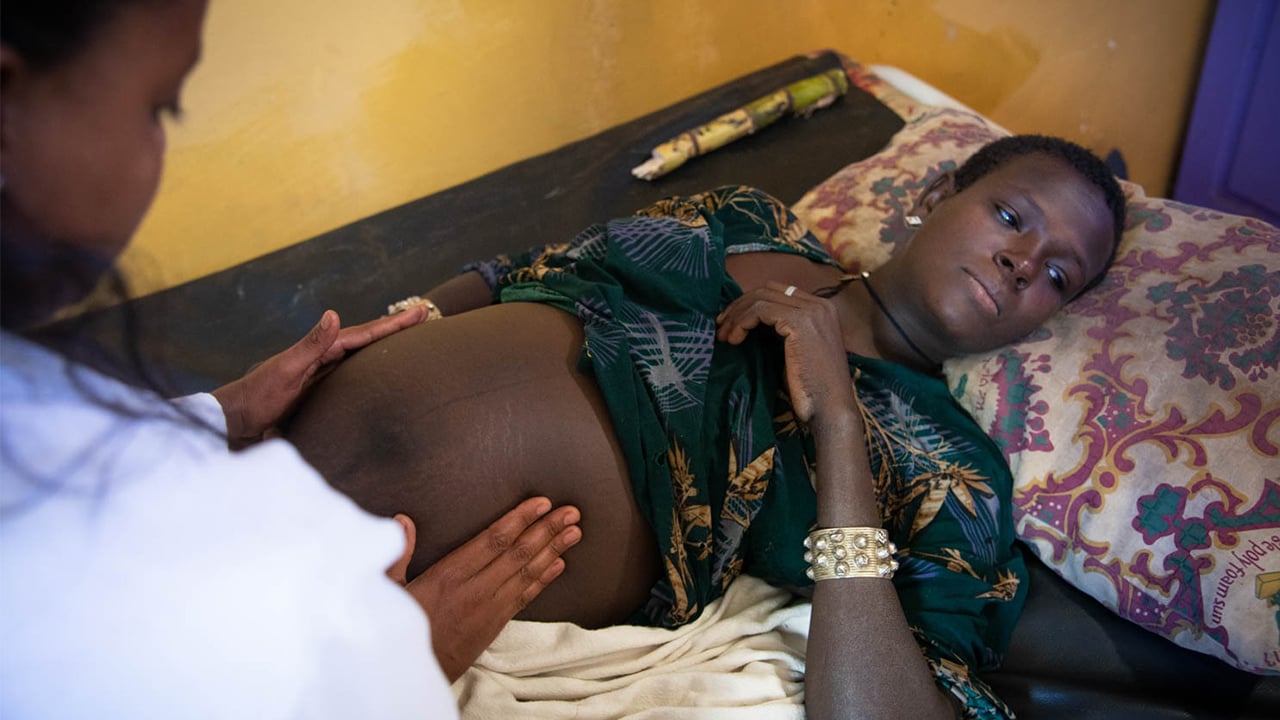
The maternity waiting home where this mother is being examined by a midwife is a three hour walk from where she lives. Photo: Paul Bettings
Less than two-thirds of pregnant women in Ethiopia have at least one prenatal care appointment during pregnancy and only 32 percent have the government-recommended four or more visits with a healthcare professional. Expectant moms who don’t get care during pregnancy often also give birth unattended: Women I spoke to had previous labours in their homes, sometimes (but not always) accompanied by a family member or “traditional birth attendant”—someone in the community who had gained experience over time but had no formal training. Several women described heavy bleeding after previous deliveries, treated with things like holy water and herbal medicine. (It’s unclear whether the bleeding was normal or a post-delivery hemorrhage, but the women described to me that they felt scared.)
In recent years, the Ethiopian government has made efforts to strengthen the health system, but in the country’s rural areas, tradition and lack of education prevent many women from using the resources. To improve prenatal care and encourage women to deliver their babies in healthcare facilities, the Ethiopian government, as well as NGOs, are trying to find and communicate with women early in their pregnancies. This is done in large part through a network of women called the Women’s Development Army. These volunteers work at a local level, going door to door, teaching basic hygiene and nutrition, and encouraging women to seek care during and after their pregnancies. (While the Women’s Development Army has been credited with improving healthcare behaviours and practices, it’s also been criticized as a massive unpaid female workforce.) Health posts are situated in each community and serve as the population’s first access point into the healthcare system, and they feed up into health centres and then three levels of hospitals.
The Born on Time program works within these existing structures to teach women and men the risk factors for preterm birth, like having babies close together, teen pregnancies, poor nutrition, and infection, and to encourage them to deliver their babies at a health centre or hospital. They’re also given access to birth control, often in the form of Depo-Provera injections.
Gender inequality leads to premature birth
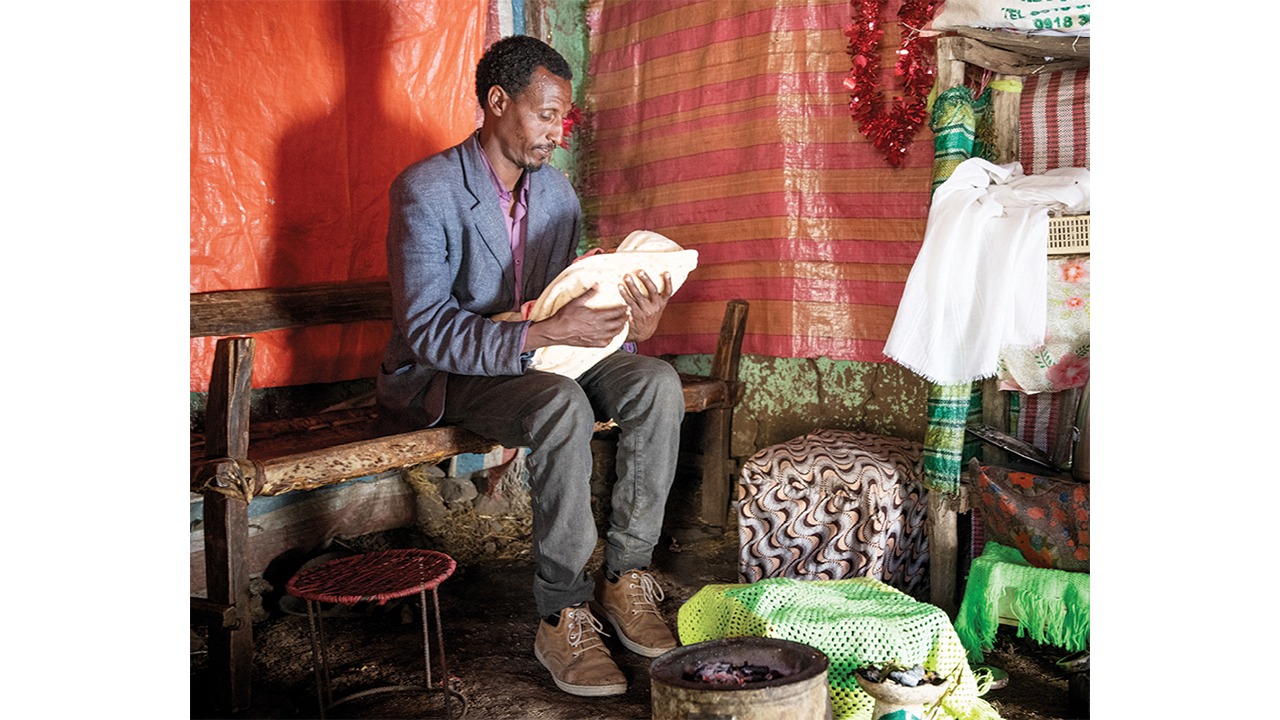
The involvement of dads in pregnancy and child-rearing saves lives. Photo: Paul Bettings
The causes of preterm birth are not straightforward, but risk factors include what’s known as the LINC factors—lifestyle, infection, nutrition and contraception. When it comes to lifestyle, the biggest risks to women in Ethiopia are things like intimate partner violence, early and forced marriage, and heavy workloads. To improve living conditions for women, the Born on Time program engages the men in the community. They’re brought together twice a month to teach them about the causes of preterm birth and about how they can support their wives during the pregnancy by helping out with the work traditionally done by women, such as carrying water and making injera (bread), and helping to make sure their wives eat adequately during the day. (Women are encouraged to eat at least one more meal than usual during pregnancy—in some cases bringing the number up to only two— and to add vegetables like cabbage and carrots to their diet.) By all accounts, this initiative has been extremely successful—I saw men holding babies, playing with children and making injera, all things they would have been stigmatized for in the past. When I asked a local World Vision employee why he thought these male engagement sessions were effective at changing long-standing gender norms, his answer was matter of fact: “Nobody wants their baby to die.”
Another area the program targets is early and forced marriage. They do this by running programs at schools that, through open dialogue, normalize menstruation, teach about the reproductive systems and give female students a voice. This education helps keep girls in school and breaks down barriers between the genders that can lead to male dominance and violence. Two young girls I spoke to had arranged marriages halted with the help of their teachers in these programs.
Hospitals and clinics need better equipment and training
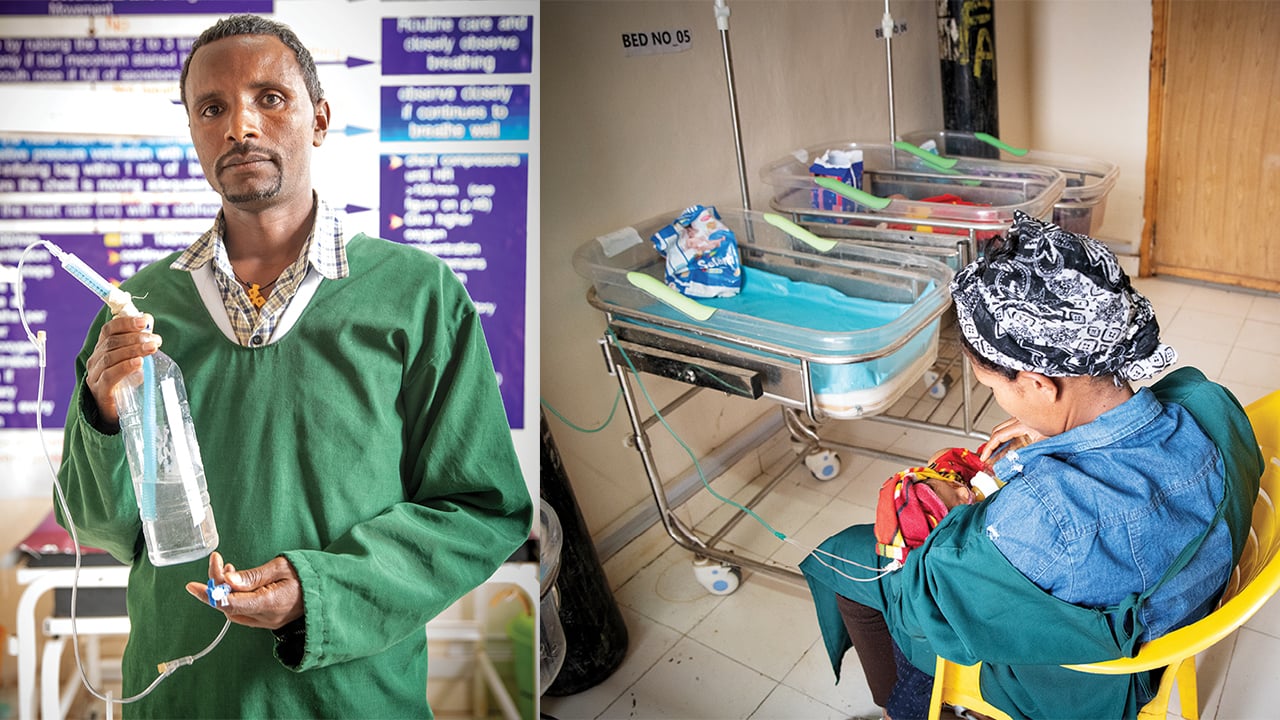
Left: This neonatal nurse was told he could no longer use his makeshift CPAP machine, so now he has to transfer babies to a specialized hospital. Right: Improvements in health systems enable more babies to get care in NICUs when needed. Photo: Paul Bettings
Touring the healthcare facilities in the area was at once inspiring and heartbreaking. I was inspired because of how much is accomplished with so little—and I can’t believe I ever complained about my hospital accommodation post-delivery after seeing women resting on hard mattresses in open rooms with dirty floors and zero privacy. But the health professionals I spoke to acknowledged they needed more training and better equipment to feel confident in the work they were doing. A health extension worker at a community health post, for example, couldn’t take a pregnant woman’s blood pressure because both of her gauges were broken. “I need to get one from the health centre,” she told me. Midwives who work at health centres want ultrasound machines so they don’t need to refer as many women to hospitals, which are many kilometres away, a barrier if you’re travelling on foot (and many moms are). And in the primary hospitals, nurses in the neonatal intensive care units (NICUs) want CPAP machines, more oxygen tanks, phototherapy equipment for jaundice, and vital signs monitors. Currently, they have to do visual checks to make sure babies are still breathing—and sometimes they’re not.
But for every long list of needs and wants, the midwives and nurses expressed gratitude for what they’ve received through the program—radiant warmers for premature newborns, room heaters for the NICUs, more and better delivery couches in health centres, screens to separate patients, and vacuum aspirators to remove incomplete miscarriages (and the training to use them properly).
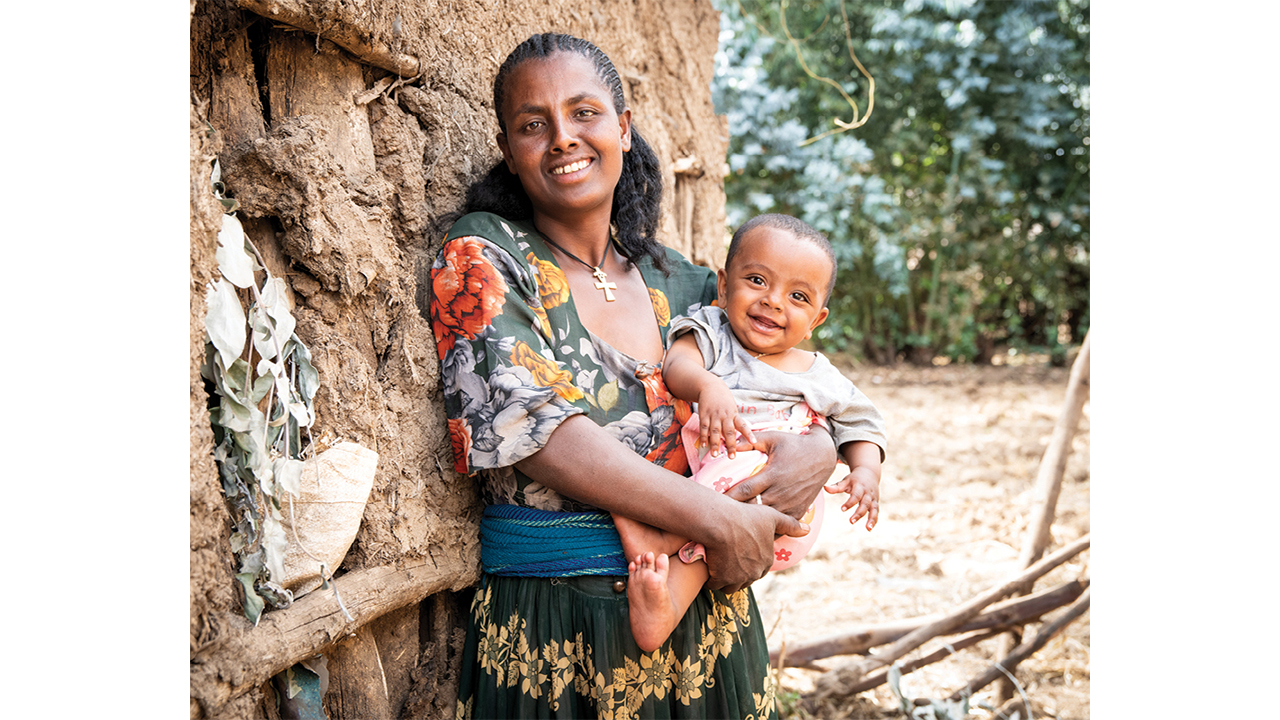
Women like Rarash Dagnaw say the Born on Time program changed their lives. Photo: Paul Bettings
Dagnaw, too, is grateful for Born on Time. Now an outspoken, confident 28-year-old mom of four, she sits at a community gathering with six-month-old Daniel on her lap, eager to tell me how it changed her life. “My husband now regrets what he’s done to me,” she says, adding that she’s glad the previous attitudes toward women won’t be passed down to the next generation—and that more babies have a chance to live.
